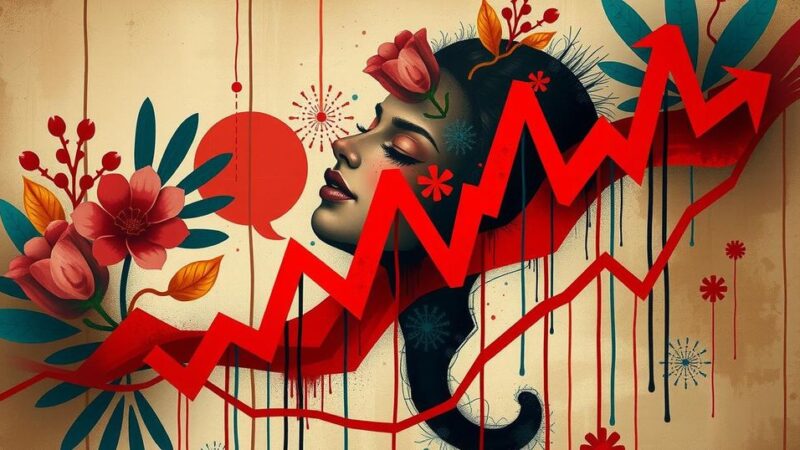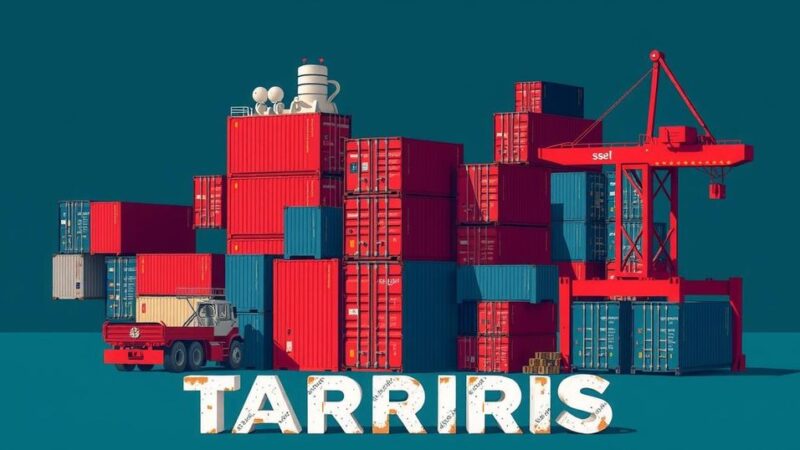The White House criticizes India’s trade practices, claiming they increase costs for US businesses and hinder exports. President Trump signed an executive order aimed at rectifying tariff discrepancies, highlighting India’s higher tariffs on US goods. The administration posits that removing these barriers could increase US exports by $5.3 billion annually.
The White House has criticized India for imposing burdensome testing requirements across various sectors, claiming this increases costs for US companies wishing to sell their products. Furthermore, the administration estimates that removing such barriers could boost US exports by over $5.3 billion annually.
President Trump recently signed an executive order titled “Regulating Imports with a Reciprocal Tariff to Rectify Trade Practices that Contribute to Large and Persistent Annual United States Goods Trade Deficits,” which he labeled as the “Liberation Day” for American industry. This order highlights the tariffs that India imposes on US products, as stated in a related fact sheet.
The executive order noted that while World Trade Organization (WTO) members are obligated to offer their best tariff rates on a most-favored-nation (MFN) basis, significant discrepancies exist among member countries regarding tariff levels. For instance, the US has one of the lowest average MFN tariff rates globally, at 3.3%, while countries like India maintain much higher rates averaging around 17%.
The order emphasized that the average MFN tariff figures often obscure greater differences in tariffs applied to specific products. For example, the US imposes a 2.5% tariff on passenger vehicles, while India imposes a striking 70%. Similar patterns can be seen with various products where the US maintains significantly lower tariffs compared to India and other nations.
During the announcement of these tariffs, President Trump showcased a chart illustrating the high tariffs that several countries, including India, levy on US products. According to the chart, India charges tariffs that can reach 52% on US products, necessitating a response from the US in the form of discounted reciprocal tariffs of 26%.
Trump asserted the need for fair treatment, stating, “India, very, very tough. Very, very tough. The Prime Minister just left. He’s a great friend of mine, but I said, ‘You’re a friend of mine, but you’re not treating us right.'” He emphasized that the US has historically charged very low tariffs compared to what other countries, including India, have imposed.
In summary, the White House’s recent statements regarding India’s trade practices highlight significant disparities in tariff levels between the two nations. The executive order signed by President Trump underscores the necessity for reciprocal trading terms and aims to amend longstanding imbalances in trade relations. Enhanced dialogue and removal of trade barriers may potentially lead to a noteworthy increase in US exports to India, positively impacting both economies.
Original Source: m.economictimes.com






